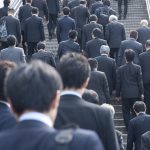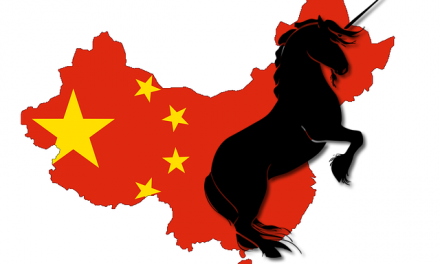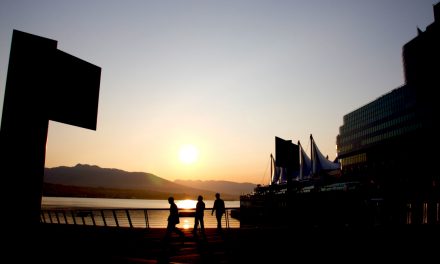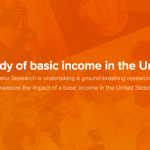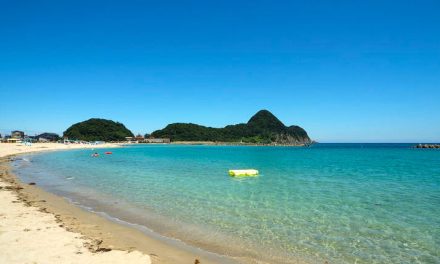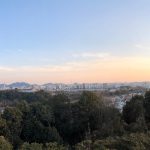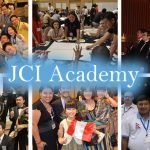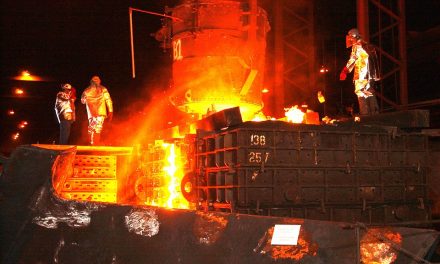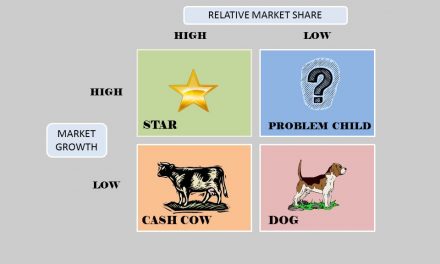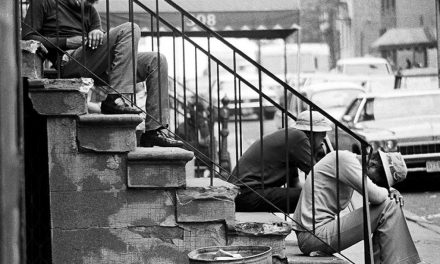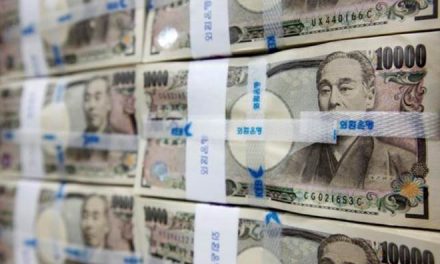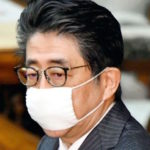
Japan’s Economic Miracle 4
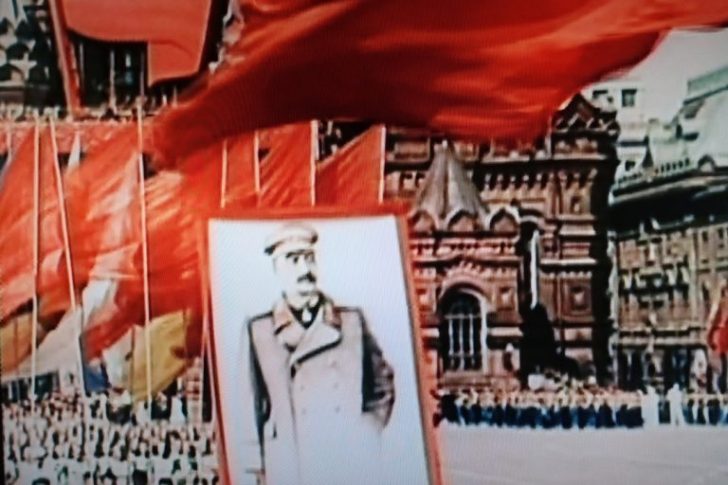
In the States, Draper’s opinion (changing the policy to prioritize rehabilitation of Japan) started to be supported by a large number of people rather than MacArthur’s (Occupation) in order to make Japan become “the bastion of anti-communism”.
Draper visited Japan to require MacArthur to change the occupation policy in person. 2 years after the talk between Draper and MacArthur, the Korean War happened and it enabled Japan’s economy to recover.
The Korean War started (1950 ~ 1953)
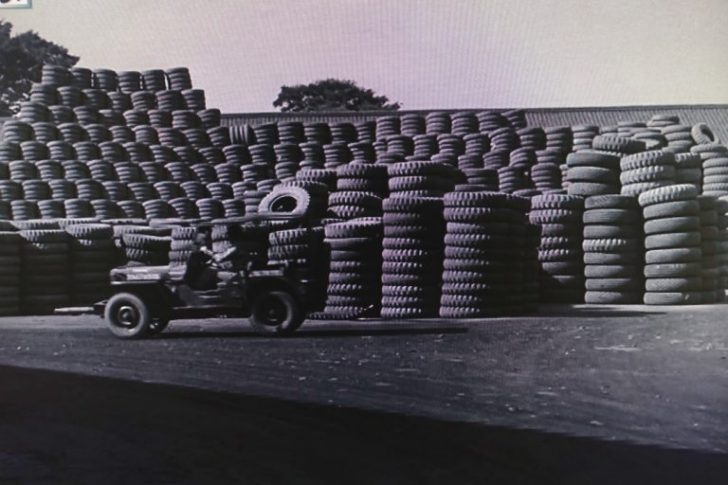
Special procurement of the Korean War
The U.S completely changed the policy from punishment to supporting
However, this boom didn’t last long. A stimulant (the special procurement) brought during the Korean War stopped right after the end of the war. Japan hadn’t been capable of prospering by itself yet.
Building up key industries which would be able to support the country’s prosperity was a matter of great urgency.
The Ministry of International Trade and Industry (MITI) which was in charge of industrial policy had just one way of making it happen, which was producing something and selling it to the world because Japan had no resources.
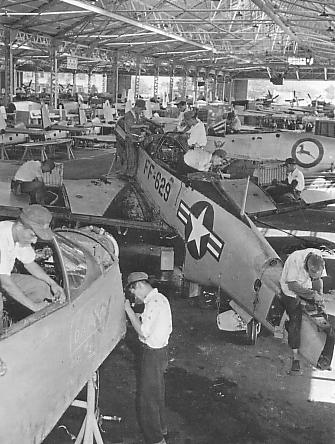
2 options for building up key industries
1. Strengthening the light industry including textiles and daily goods
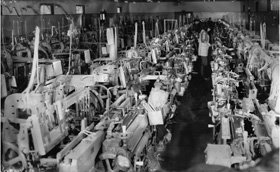
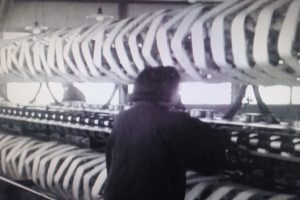
2. Strengthening the heavy industry including the automobile, the electronic, and the steel industries
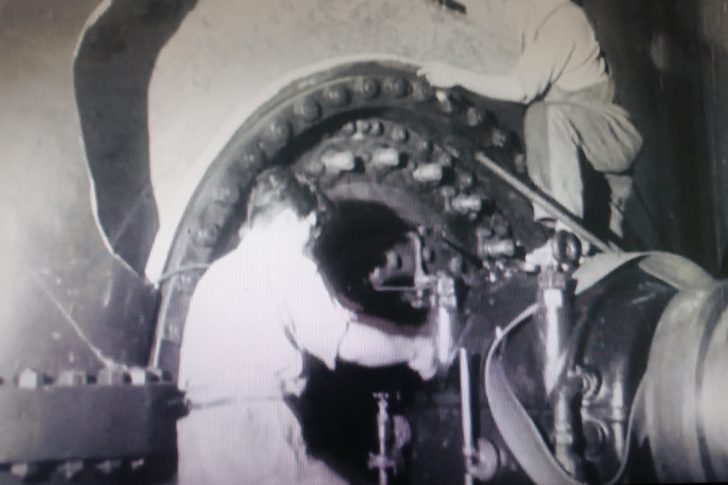
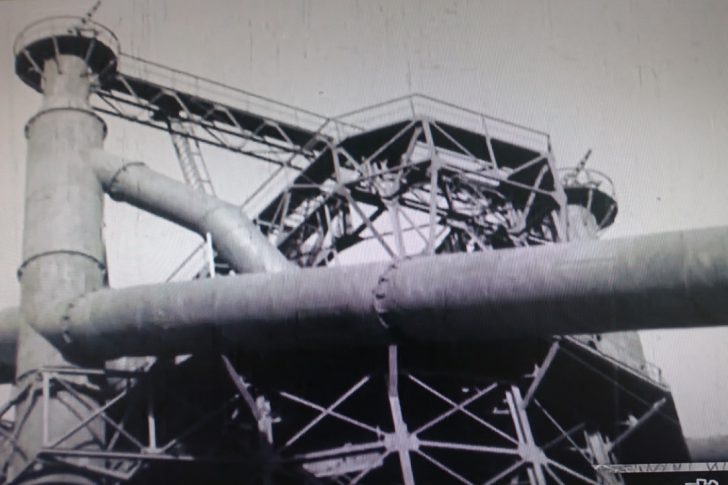
The light industry was not designated as a part of the munitions industry. Therefore, it revived soon after the end of the war. In addition, low personnel expenses allowed Japan to offer competitive prices.
On the other hand, the heavy industry (private enterprises) had fallen behind due to the devastation of the war. Moreover, their operations were strictly limited by MacArthur’s policy and had not gone forward at all.
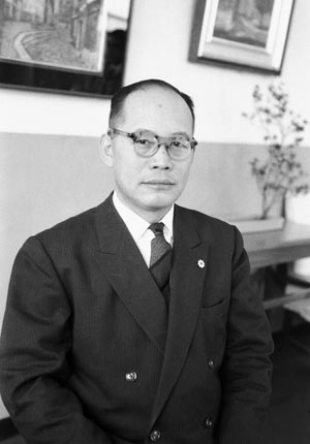
“The textile industry completed a dramatic rehabilitation, which even scared me. We really sold, sold, and sold textiles. But what was on other countries’ mind was the textile business was nothing more than a poor business which only under-developed countries usually undertook, and developed countries were producing more industrial goods. Eventually, we agreed to boost the heavy and chemical industries inasmuch as there was plenty of room where technological innovation would happen. We thought international competitiveness of companies would be very important and the heavy industry should be prioritized.”
Shigeru Sahashi (the MITI)
The way the bureaucracy chose was industrialization. Even if there was a rocky road, the heavy industry which could create valued goods would be expected to lead Japan to have higher economic growth and would be able to create
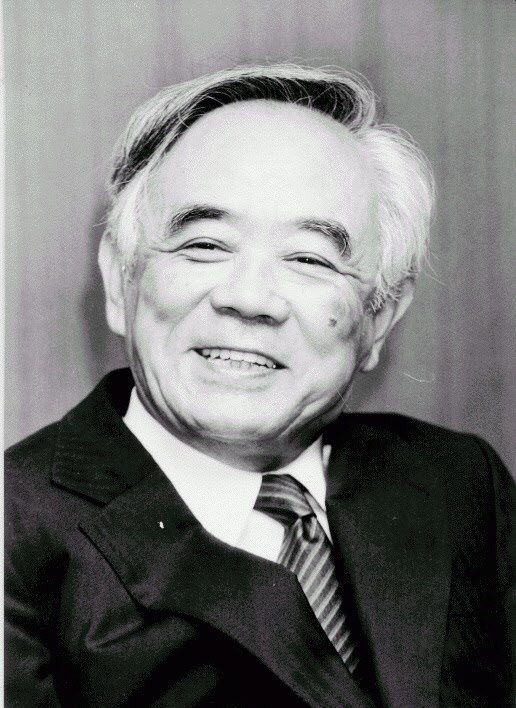
“Everyone wanted Japan to be a leading country. We lost the war.
Therefore, we wanted to compensate for its burden and humiliation, and catch up with the world by industrializing our country.
Everyone had this sort of mentality in their heart and this became the moving force. “
Yoshihiko Morozumi (the MITI)
To be continued …
Sponsored Link




